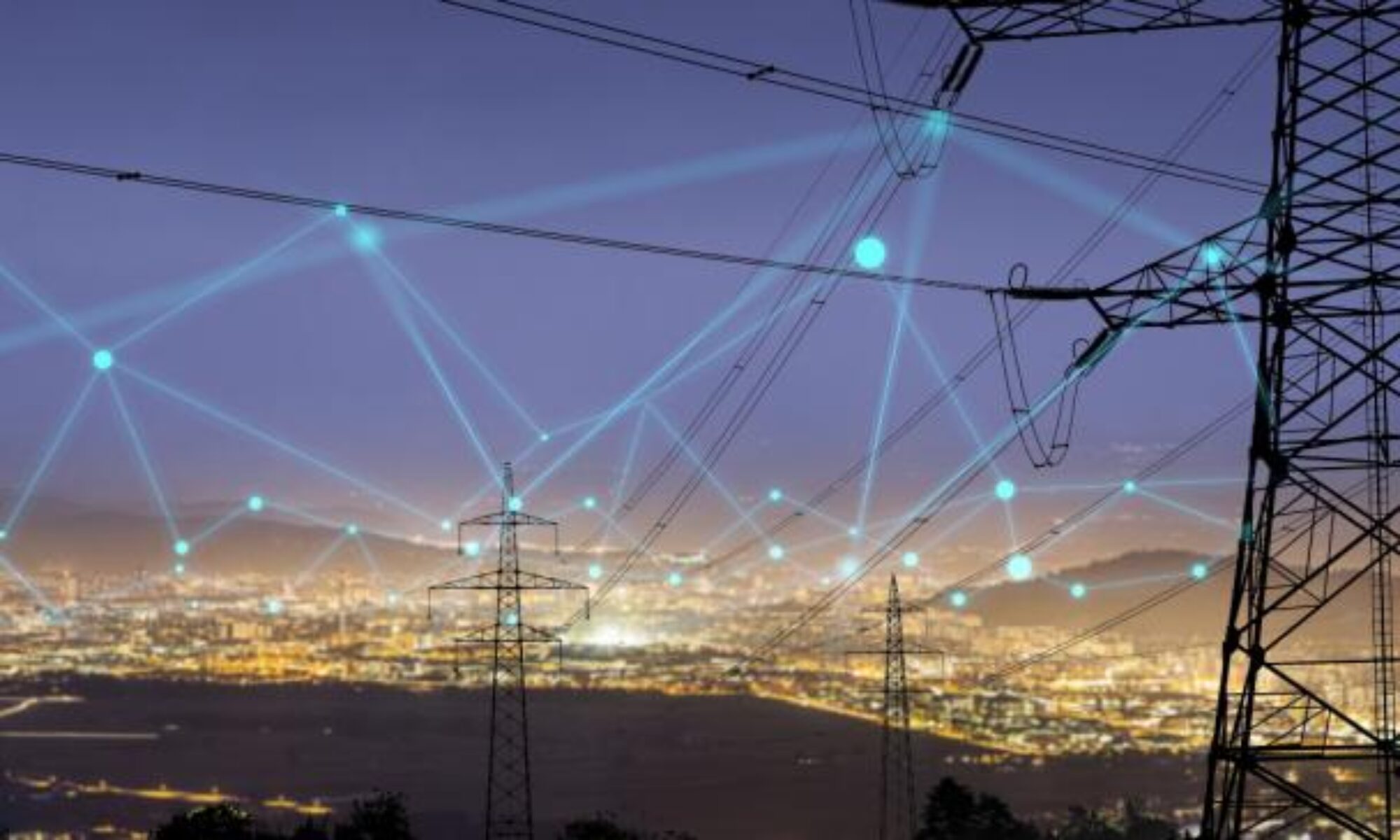Let’s get this upfront right away: Central Maine Power Company (CMP) metrics and reputation for reliability and customer service are less than desirable.[i] CMP has created such enmity among its customers that some legislators in Maine would rather forego reducing greenhouse gas emissions by blocking a vital CMP transmission line as well as attempting to take the utility over to form a “consumer-owned utility”. CMP operates i accordance with the rules it is given. Maine’s PUC and its legislature can fix this problem, and the easiest solution to fix this problem is in their hands: performance-based rates.
Rate Regulation
A bit of history first. Electric utilities began to be regulated as monopolies early in the early 1900’s and what evolved was what is now called “cost of service” regulation. Essentially a utility is allowed to charge an amount that recovers its allowable expenses as well as a fixed return on its investment. This model encouraged new investment by utilities to grow their systems while keeping rates down by limiting their profits. It worked quite well through the 1980’s, spurring economic growth throughout the country. Beginning in the ‘80s deregulation began, opening up competition at both the retail and wholesale level. Some utilities took advantage of this hybrid of deregulation and the cost-of-service (COS) model, such that misguided investments were made with the belief that they would automatically be recovered in rates, and at the same time, customer service and reliability began to drop in some areas. Several states began to enact “incentive-based ratemaking” or “performance-based ratemaking” to counter this problem.
Performance Based Ratemaking
Currently 16 states have some form of advanced PBR.

Source: Navigant Consulting
The basic differences between traditional regulation and PBR are shown in the table below.

Source: Advanced Energy Economy
Performance incentive mechanisms can be designed to assess safety and reliability, customer satisfaction, facilitating customer owned generation and adopting of energy efficiency programs.
Hawaii
Hawaii is the latest and most advanced version of PBR in the US. Hawaii’s implemented its version of PBR last June. It illustrates one way this approach can work to end the COS “spend money to make money” model.[ii] Hawaiian Electric Company is required to submit a 5-year plan that begins with fixed rates the first year and limits annual rate increases to three factors: inflation; unforeseen events; and a “productivity factor.” The productivity factor is based on how Hawaiian Electric does in terms of customer experience, utility performance and desired societal outcomes. See chart below.

Source: State of Hawaii Public Utility Commission
If Hawaiian Electric reduces its costs beneath the annual limits, it can keep the difference; if its costs exceed the limits it takes a loss.
Maine
Let’s go back to the J.D. Power study. 4 of the 6 utilities that scored above average in CMP’s category (East Large) all operate in states where some form of PBR exists. So what about Maine? Maine has no performance standards, none. Maine’s regulatory structure is an anachronism and follows last century’s cost of service model. Is it any wonder that CMP’s performance is as poor as it is?
Empty Excuses
You’ll here two major objections to fixing CMP with PBR: we tried it and it didn’t work; and the Hope Supreme Court decision prevents us from penalizing CMP. They are nonsense.
Maine experimented with a very rudimentary form of PBR twenty years ago. Poorly constructed and not having the advantage of today’s technology, it was deemed a failure.
A Supreme Court case, FERC v. Hope Natural Gas, is frequently cited by opponents of PBR as prohibiting a penalty on utilities that threatened a reasonable rate of return. Washington State, Virginia, Florida, and Minnesota have all successfully navigated the precedent of this case to implement PBR multi year rate plans.
Bottom Line
A long time ago while working for a utility, a friend quipped “The number one core competency of investor-owned utilities is to make sure no one changes the rules.” CMP behaves the way it does because that’s what the rules allow it to be, and it has been very successful making sure they do not change.
Change the rules and the behavior will change.
[i] https://www.jdpower.com/business/press-releases/2020-electric-utility-residential-customer-satisfaction-study.
[ii] https://puc.hawaii.gov/wp-content/uploads/2019/05/PBR-Phase-1-DO-1-Page-Press-Release.05-23-2019.Final_.pdf
